Tesla Powerwall 3 Rebate Now Available - Combine with Federal Subsidy Today
Tesla Powerwall 3 Rebate Now Available - Combine with Federal Subsidy Today
Posted 5 May
With Labor being re-elected for Federal Government to serve another term, they are set to deliver on their ‘Cheaper Home Batteries Program’ promise to help batteries become more affordable for Australian households, small businesses, and community facilities.
“The Cheaper Home Batteries Program is the most important development in consumer energy since Australians
first gained access to subsidised solar panels,” Smart Energy Council Chief Executive John Grimes said.
The Cheaper Home Batteries Program is a Labor-promised incentive to enable properties in Australia to access $2.3 billion of funding to discount the upfront cost of solar battery installations if Labor got re-elected (spoiler-alert, they did).
The battery rebate program will allow homes, small businesses, and community facilities to get 30% reductions in typical battery costs which could help average households with solar to save up to $2,300 per year, up to 90% reduction in an average family electricity bills.
Eligible battery systems with a total capacity between 5kWh to 50kWh will qualify for approximately $372 per kWh for one battery per household (more on this later).
The Cheaper Home Batteries Program will be joining the Small-Scale Renewable Energy Scheme (SRES), which is the incentive that brought us a very-successful solar subsidy.
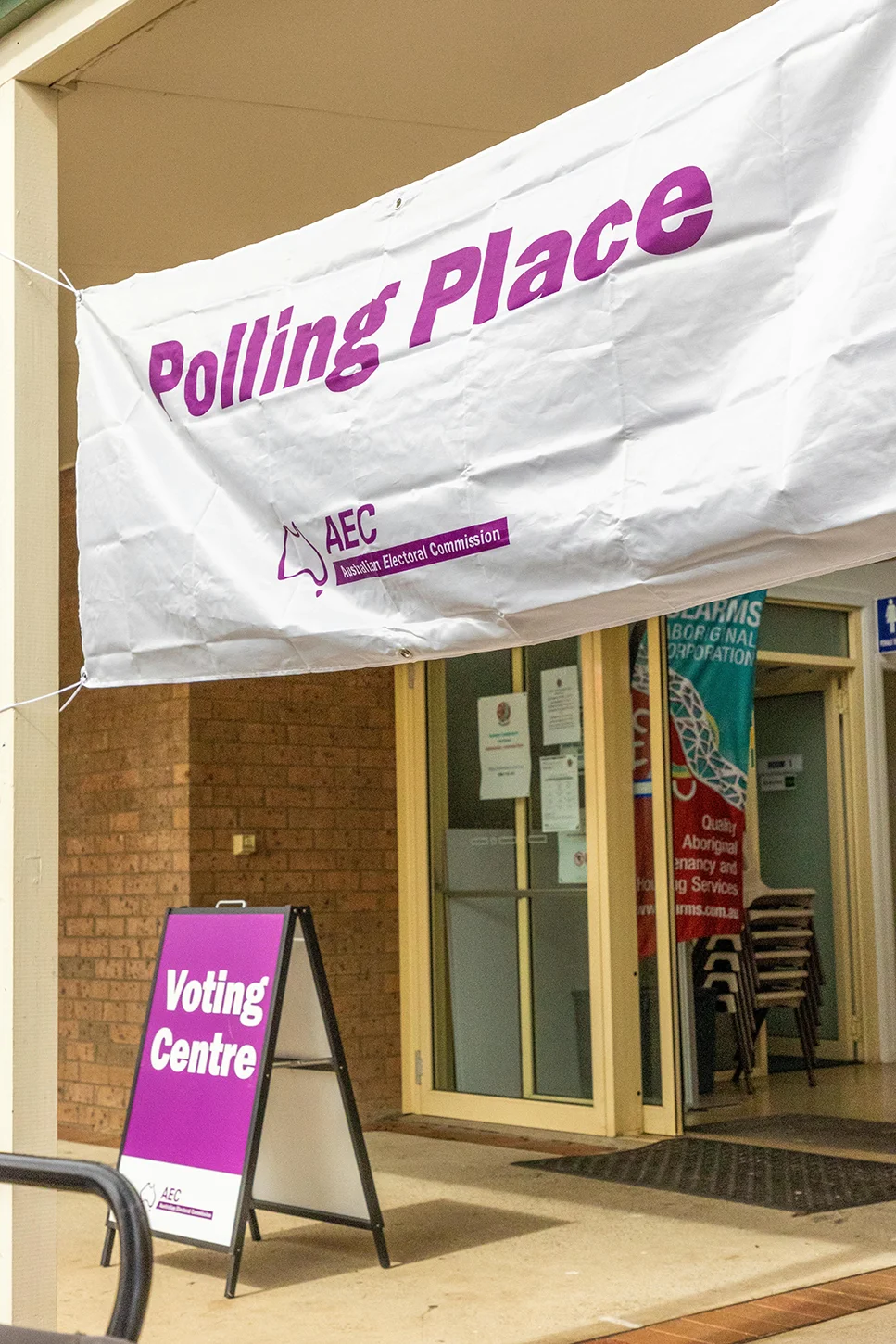
Whilst there are a few solar and battery installers providing quotes accommodating the Cheaper Home Batteries Program, there hasn’t been official pricing structures released other than Labor’s promise.
The Clean Energy Council mentions ‘$372 per kWh’, but this could change as the program is refined approaching its release. For example, Tesla Powerwall 3 could be eligible for around $5000 off, depending on the scheme.
‘The Cheaper Home Batteries Program will allow Australian households without solar to save up to $2,300 a year if they get solar and a solar battery, whilst those with solar can save up to an extra $1,100 by adding a solar battery”.
A range of between 5-15 kWh for home batteries is an appropriate model for Australian households, and $372 per kWh will make a massive difference in bridging the gap between people who couldn’t previously contemplate getting a solar battery.’
We expect more information to come to light now that Albanese’s Labor party has now been re-elected for a second term. In the meantime, we recommend signing up for updates.

Courtesy of Miles Burke on Pexels
Get the latest updates.
Below are the expected requirements of the Australian battery storage subsidy, based on what we saw with the NSW Peak Demand Reduction Scheme, which was also a Government funded battery storage scheme.
Below are our predictions on federal battery rebate incentive battery eligibility requirements.*
Announced Requirements - Projected
Requirements
Federal Battery Requirements |
CEC Approved List | 5-50kWh Capacity | VPP Compatibility | <6-year warranty | -10 °C to 50 °C Temp. range | <2.8MWh throughput per kWh (Pre-April 1 2026) | <3.65MWh throughput per kWh (Post-April 1 2026) |
<70% capacity after 10 yrs |
|
Tesla Powerwall 2 |
Yes |
13.5 kWh |
Yes |
10 Years | –20°C to 50°C | Unlimited / 2.8 MWh per kWh | Unlimited / 2.8 MWh per kWh | 70% |
|
Tesla Powerwall 3 |
Yes | 13.5 kWh | Yes | 10 Years | –20°C to 50°C | Unlimited / 2.8 MWh per kWh | Unlimited / 2.8 MWh per kWh | 70% |
|
Sungrow SBH series |
Yes |
10-25 kWh | Yes | 10 Years |
Charge:0 ℃ to 50 ℃ Discharge:-20 ℃ to 50 ℃ |
4.2 MWh per kWh | 4.2 MWh per kWh | 70% |
|
Sungrow SBR series |
Yes |
9.6-25.6 kWh | Yes | 10 Years | Charge:0 ℃ - 50 ℃ Discharge:-20 ℃ - 50 ℃ | 4.2 MWh per kWh | 4.2 MWh per kWh | 70% |
|
BYD Battery-box HVM |
Yes | 8.3-22.1 kWh | Yes | 10 Years | -10 °C to 50°C | 3.1 MWh per kWh | 3.1 MWh per kWh | 70% |
|
BYD Battery-box HVS |
Yes | 5.1-12.8 kWh | Yes | 10 Years | -10 °C to 50°C | 3 MWh per kWh | 3 MWh per kWh | 70% |
*Please note that these are not the official battery requirements of the Cheaper Home Batteries Program. They are our predictions based on what the Peak Demand Reduction Scheme requirements are.
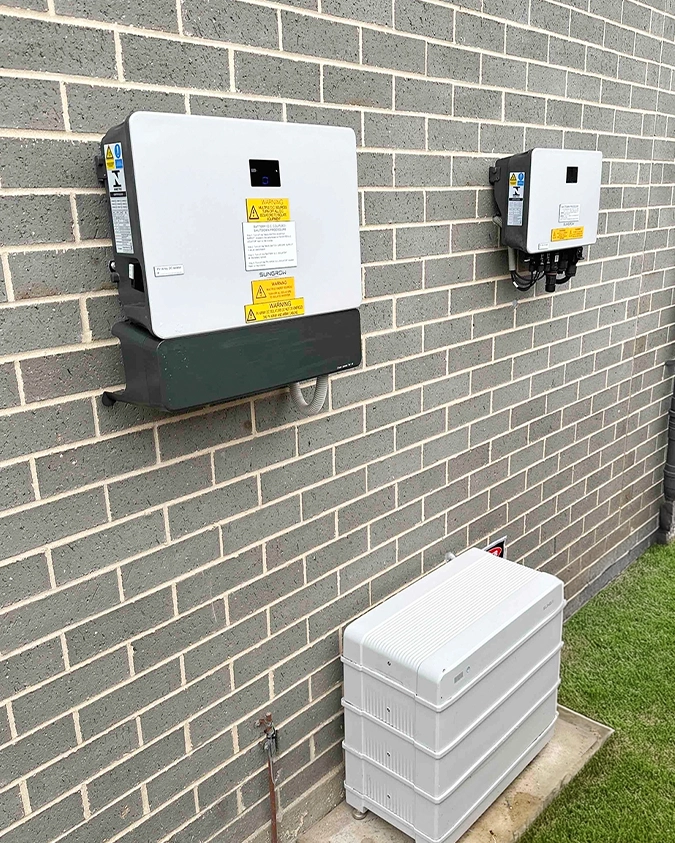
An Elite Power Group Sungrow battery installation
Getting a solar battery allows homes and small businesses to maximise their solar production.
Depending on your new or existing solar system, you’ll probably generate excess solar energy throughout the day which is fed into the grid for a minimal return. With a battery, this allows you to store that energy instead of feeding it in, which allows you to use renewable energy instead of peak demand period electricity which generally drives most bills up.
In short, a battery system would compliment your solar system and enable increased savings and sustainability.
Option 1: Install Solar Now
Because the battery incentive requires solar to be installed, homes without solar are recommended to install solar now to avoid possible delays and prepare their eligibility before July 1.
Option 2: Get Your Battery Now
You can also install a battery now through the federal battery scheme, however, your battery will be installed but not commissioned, and then will be commissioned after July 1 to be eligible.
Option 3: First In, Best Dressed
A popular option is to get a quote from us and pay the deposit, which will ensure you are pre-booked and first in-line for a battery installation with us for the federal incentive scheme.
The Federal Government has announced their solar battery storage incentive to help meet their 82% renewable electricity by 2030 target.
Whilst the solar rebate has been very successful in unlocking solar investments for Australians, battery storage is still seen as too expensive throughout most of Australia. A battery rebate/incentive would enable more Australians to jump on the battery train and invest in their own individual storage solutions.
This not only helps solar owners maximise their investment, but it helps the electricity grid as a whole. By having the ability to store and rely on excess solar energy, general grid power demand will be reduced and easier to manage.
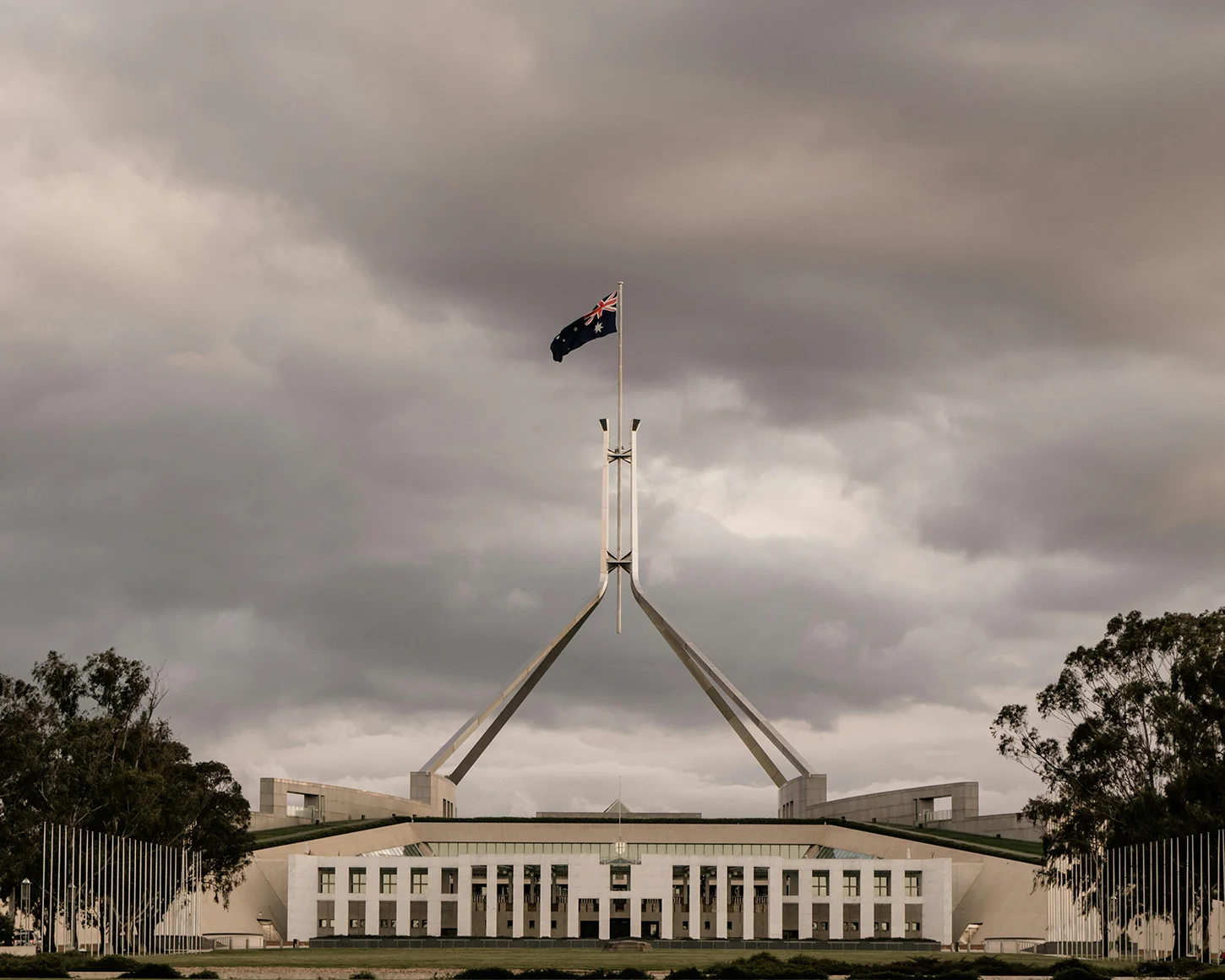
Courtesy of Josh Withers on Pexels
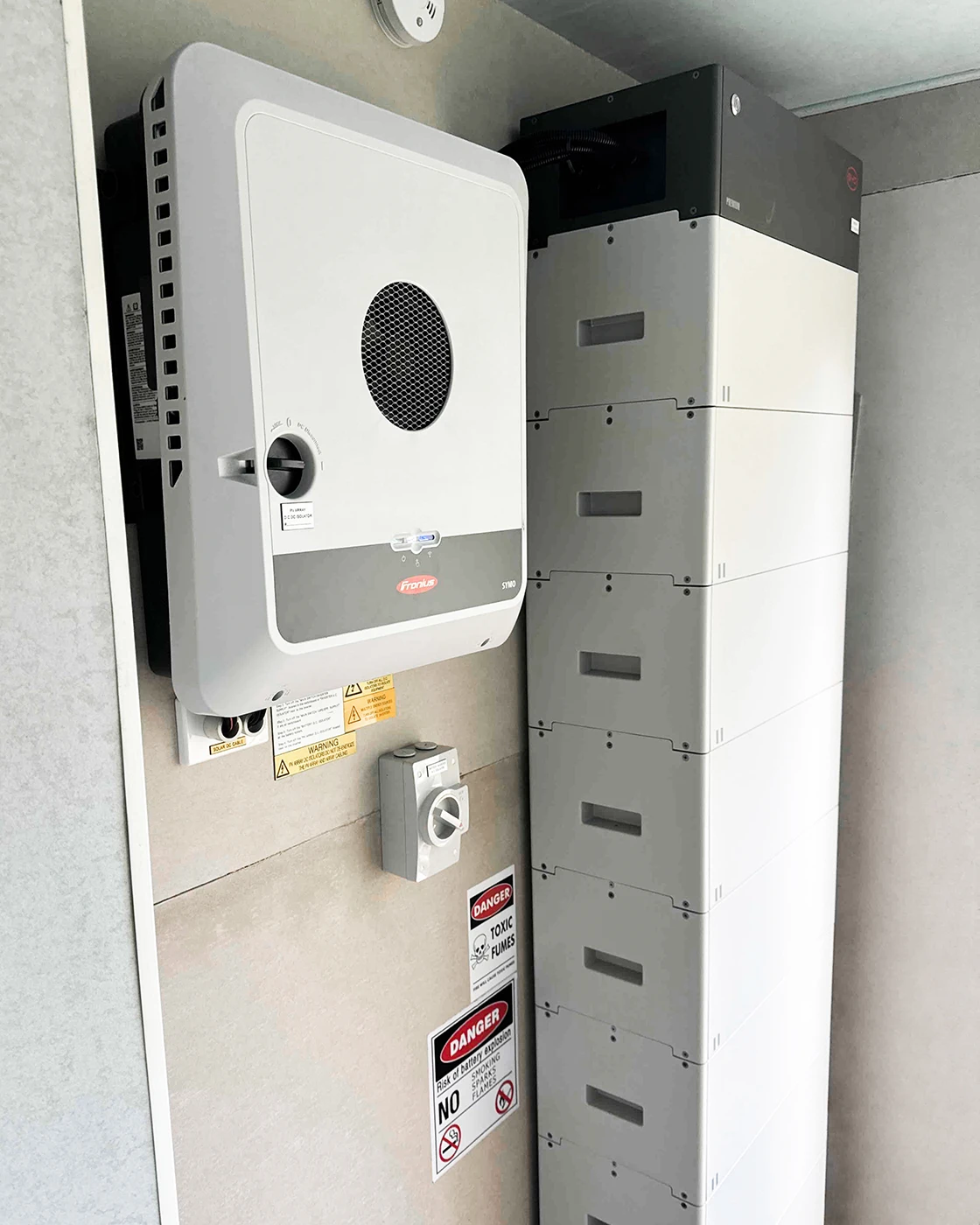
An Elite Power Group BYD Battery-Box Installation
A Virtual Power Plant is an orchestrated, decentralised network of properties, contributing to generating and storing energy to balance grid demand and supply.
Households can choose to participate in a Virtual Power Plant program to gain rewards for exporting energy when required.
For the Cheaper Home Batteries Program, batteries that are installed will need to be VPP-compatible but are not required to join a VPP to be eligible.
Homes that are a Microgrid and Virtual power Plant can earn rewards based on the energy they generate and store.
If the Federal Government delivers on their promise for the Cheaper Home Batteries Program, they will deliver an incentive scheme that is expected to benefit many Australians.
According to the Clean Energy Council, the Government have listened to the industry to ensure the policy is well-refined and understood.
‘The Smart Energy Council is pleased to see the government has listened closely to industry when preparing this policy, ensuring there is strong guidance from the get-go about its design.’
“Australians can take control of their power bills and when and how they produce and use electricity. This literally gives power back to Australians.” Mr Grimes said.
Not only does it benefit solar owners, but it improves grid demand and stability. “Less demand on the energy grid means fewer price peaks, a win win for all.”
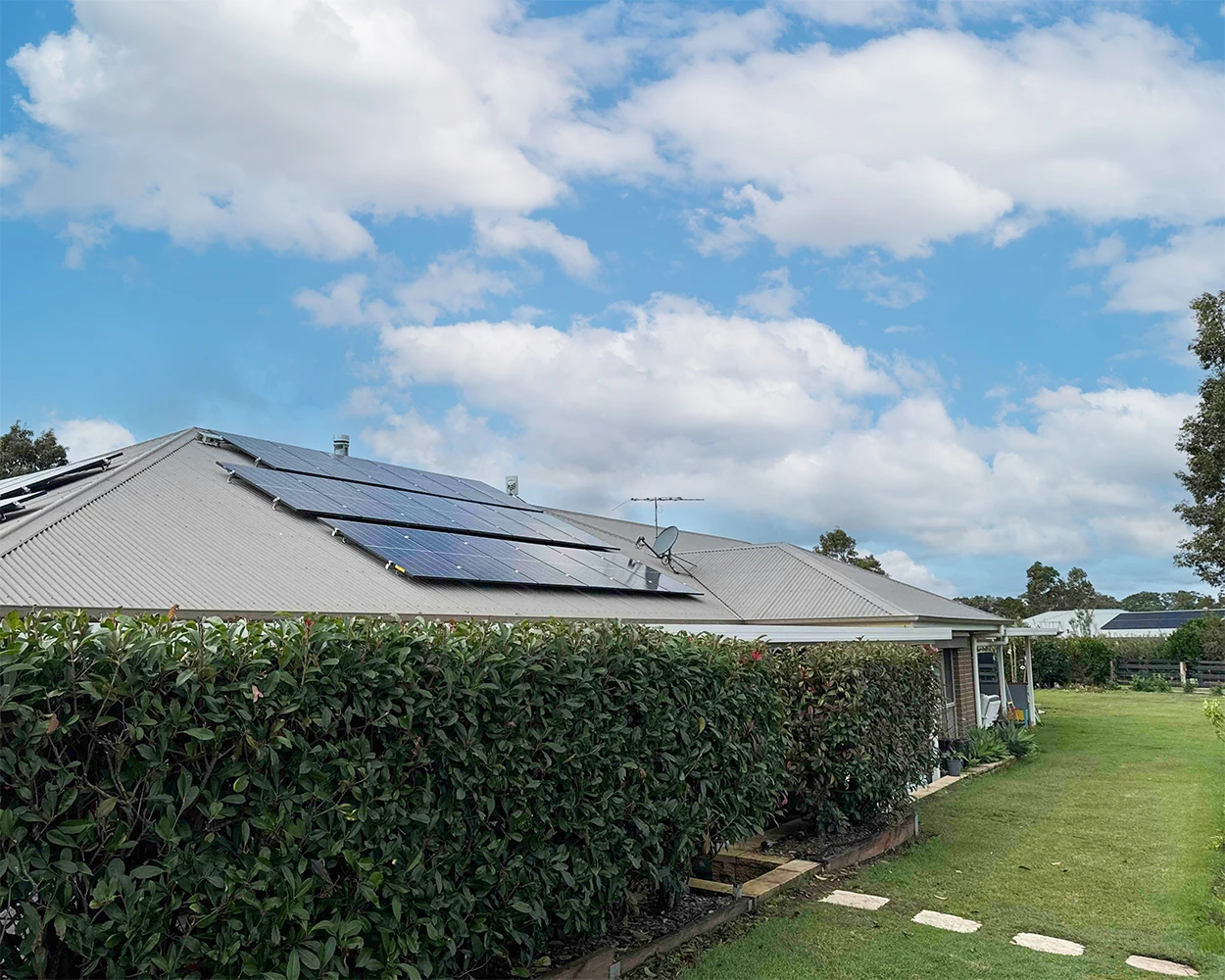
An Elite Power Group Solar Installation
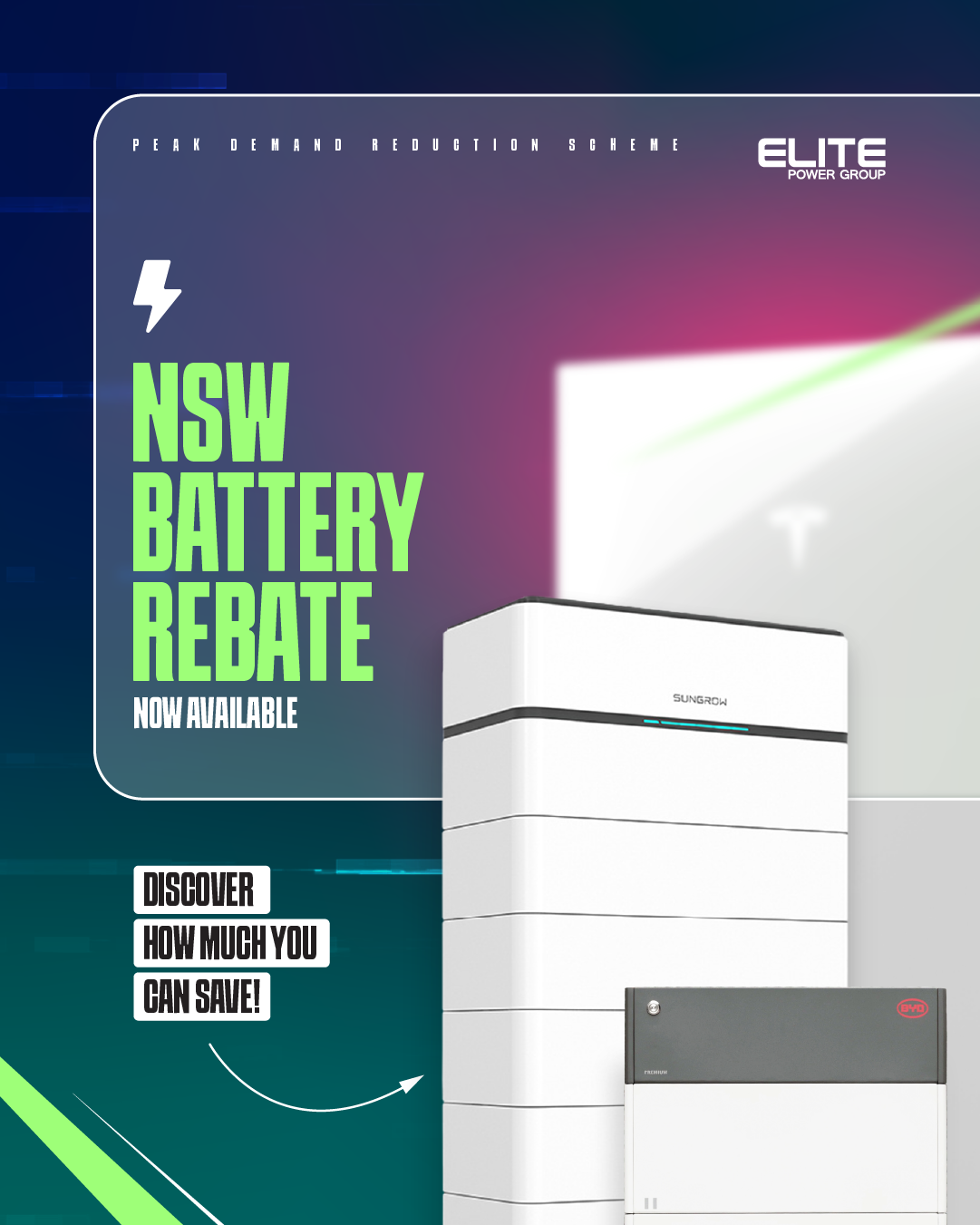
Unfortunately for NSW residents, eligible customers can't claim both the federal battery rebate and Peak Demand Reduction scheme incentive for the same battery.
It's specified that a battery can't generate the PDRS's PRC's and federal scheme's STC at the same time, preventing simultaneous claims.
The Peak Demand Reduction Scheme is a NSW solar battery storage incentive that is designed to help more NSW business and homeowners to save on their first battery.
The rebate (which also is technically not a rebate), was created to increase battery adoption and improve grid stability since November 1, 2024. The scheme also offers Virtual Power Plant rebates to incentive customers to join a VPP network.
As the Cheaper Home Batteries Program is a part of the Small-scale Renewable Energy Scheme (SRES), we expect the application system to be the same as the rooftop solar incentive, where accredited installers will apply the incentive’s discount upfront in your system and installation quote, and trade your STC’s for you.
We are still yet to receive any information on how the incentive scheme will work, how to apply, what batteries will be specified for eligibility, and more.
If you're unsure, we're more than happy to keep you in the loop on our updates list, or get in touch with us, and we can walk you
through everything you need to know about the Cheaper Home Batteries Program.
Whilst we are finally in the midst of an Australian battery incentive, there are still lots of questions from stakeholders including customers, manufacturers, and installers on the specifics on how the scheme will work.
Please feel free to sign up to the updates list, and we'll let you know about what's coming up in the world of battery rebates & incentives throughout Australia.
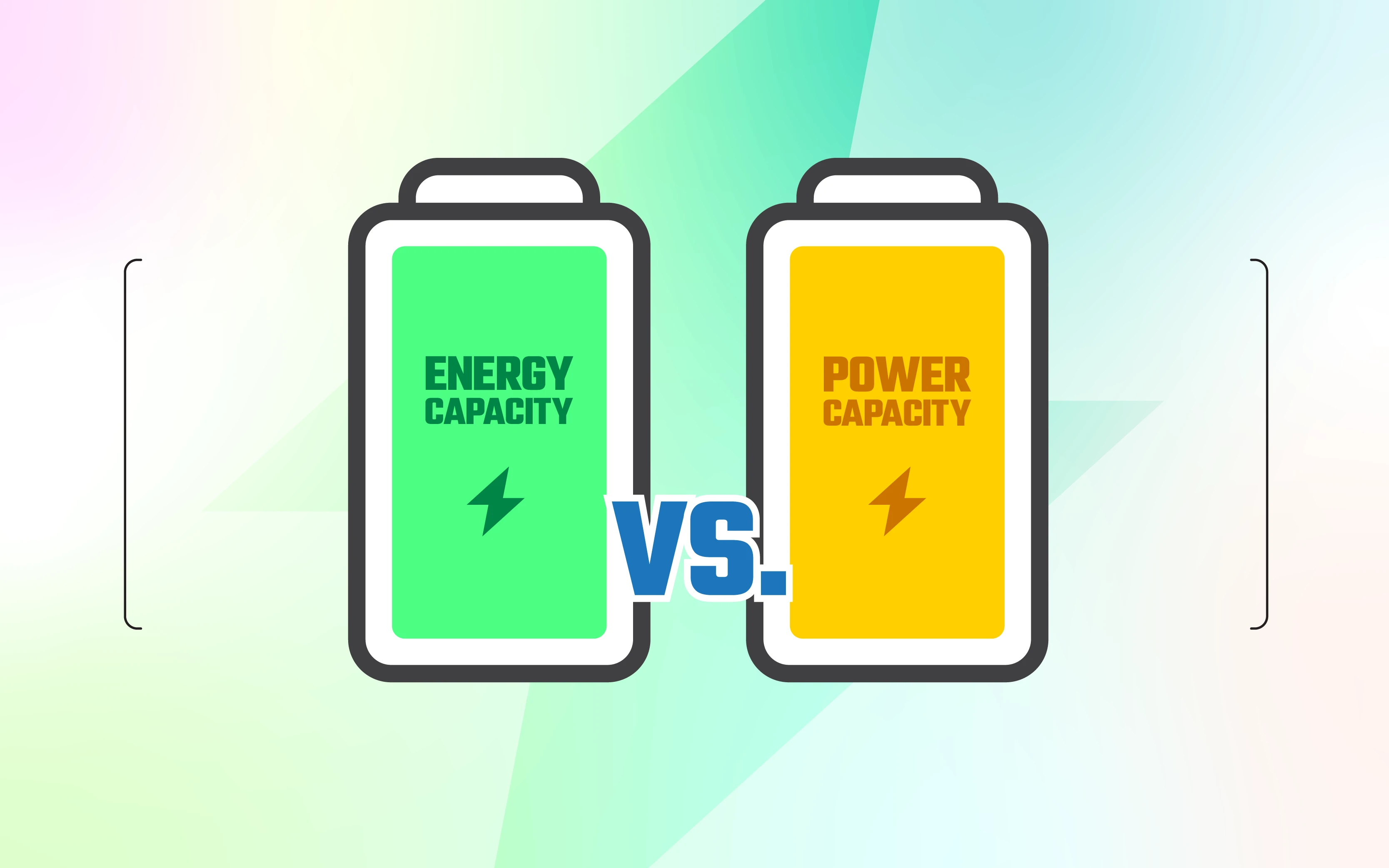
Explore how battery nominal & useable energy capacity is different to power output, and learn about state of charge, depth of discharge, and cycles.
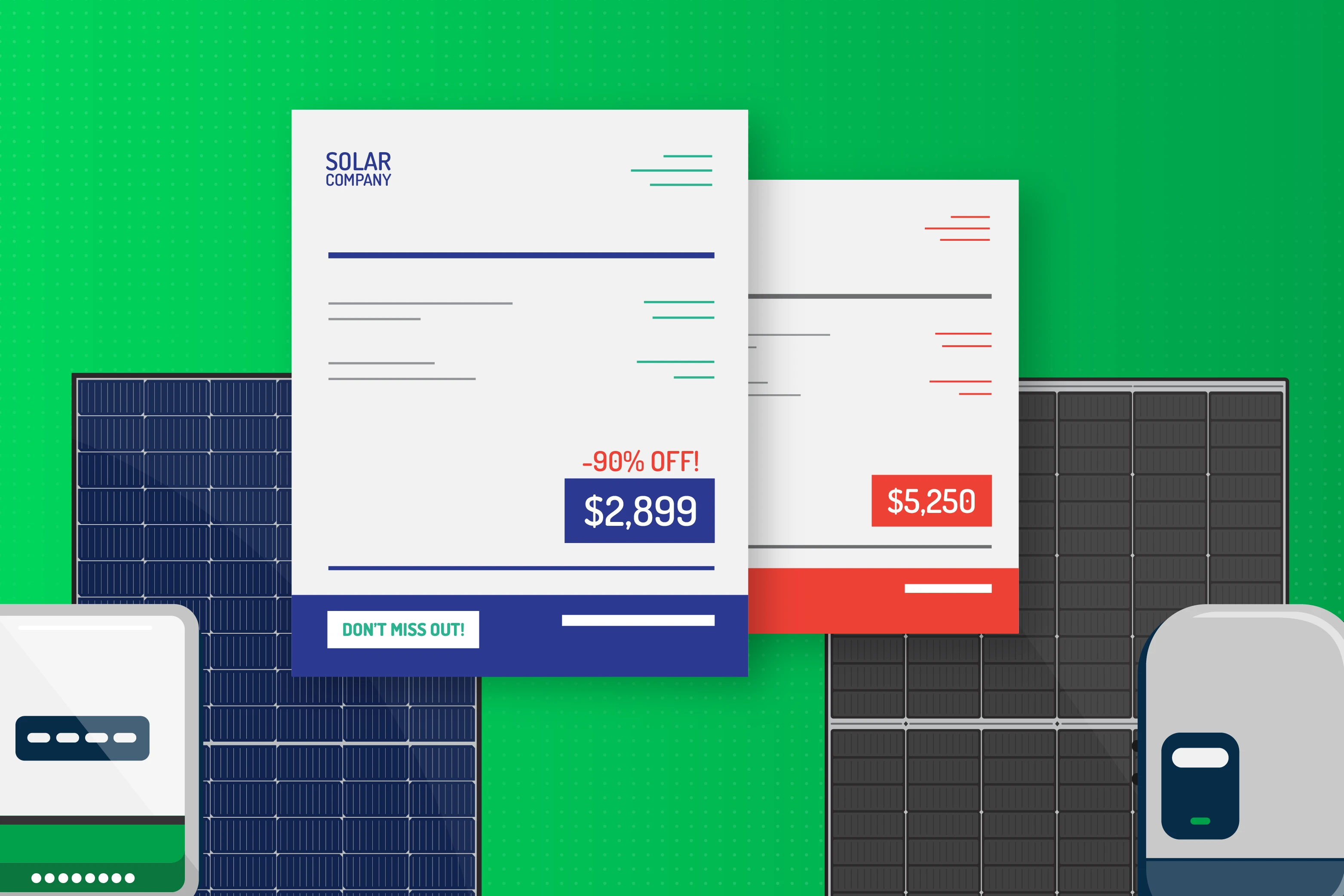
Considering a cheap solar system? Learn how low-quality, unreliable inverters and panels can lead to costly repairs, full replacements, and safety issues.
Renewable News Articles
Not only are we specialists in solar power, but we pride ourselves in being leading installers in battery
storage, as well as EV charging for homes and businesses. For solar and battery systems, we offer both on and off-grid solutions for a
range of applications.
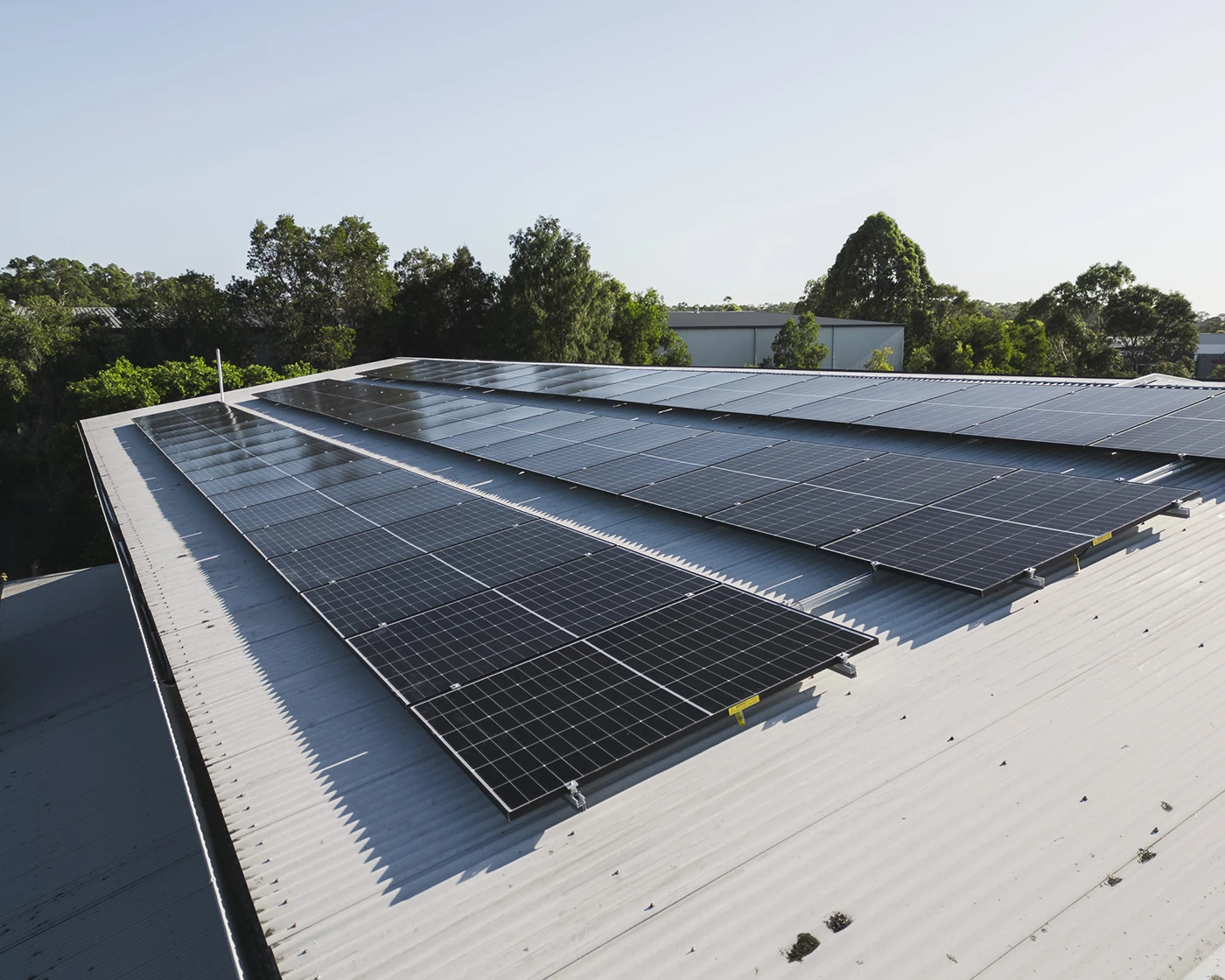
Newcastle's leading solar installers, providing long-lasting residential and commercial rooftop solar systems.
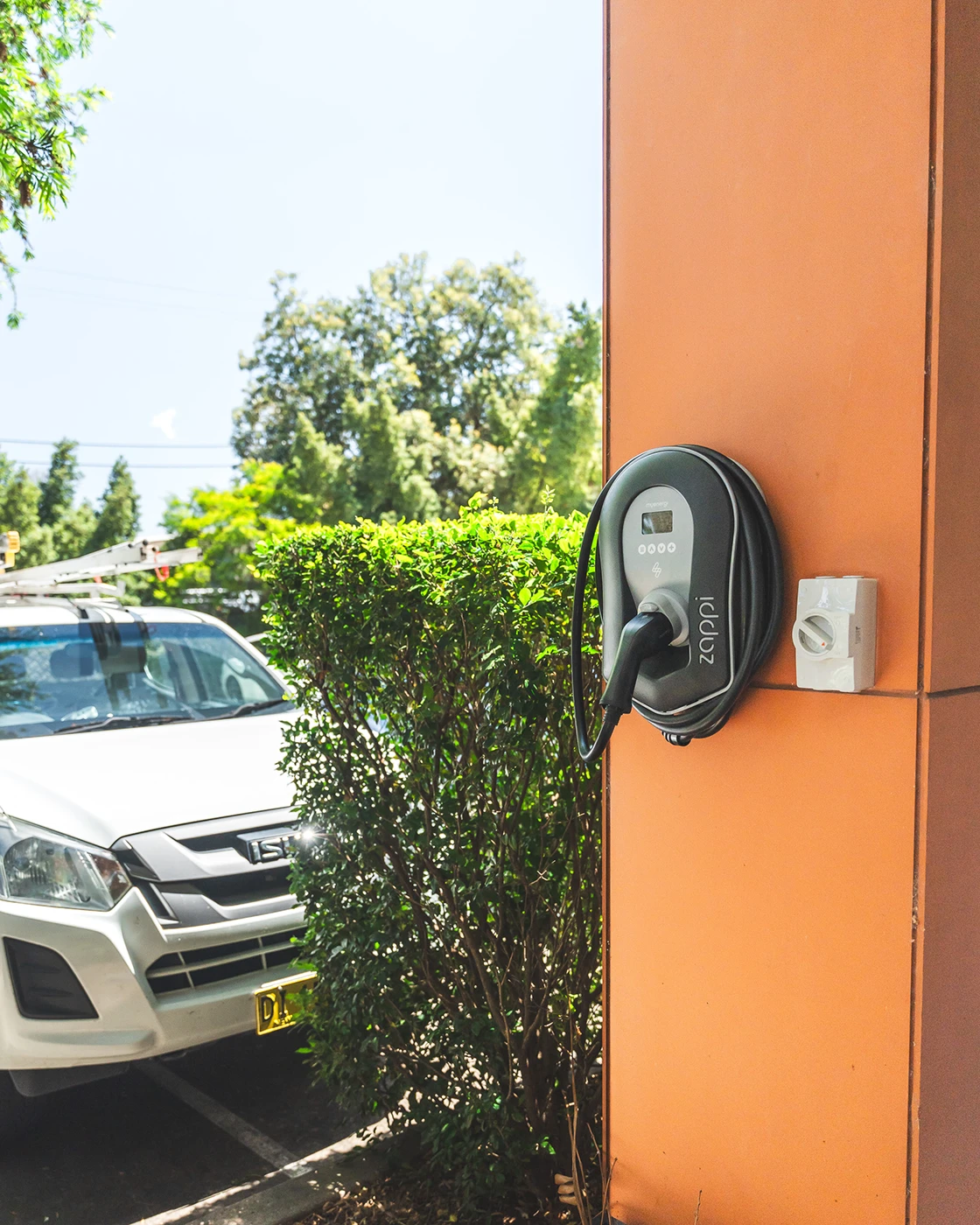
Experts in both residential and commercial electric vehicle charging station installations from 7kW - 360kW+.
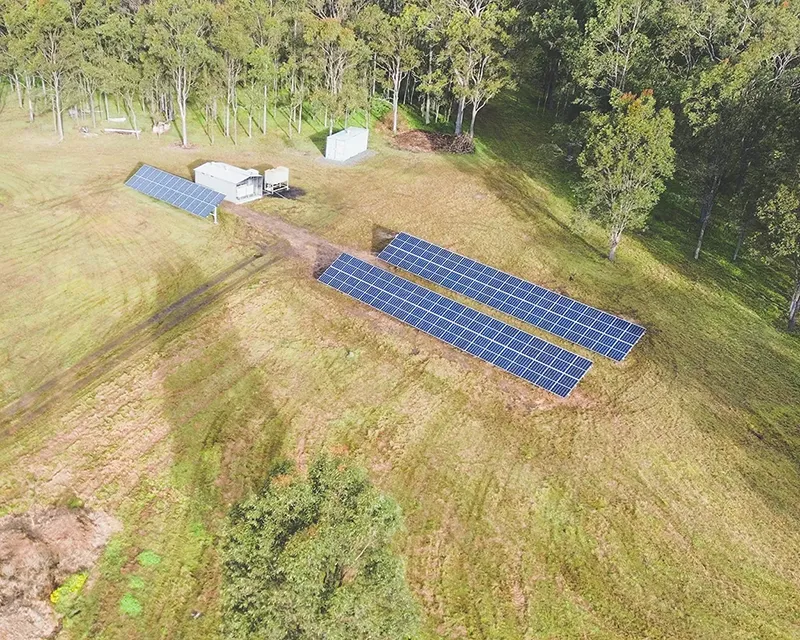
Specialists in off-grid solar and battery, helping properties never have to pay another electricity bill again.
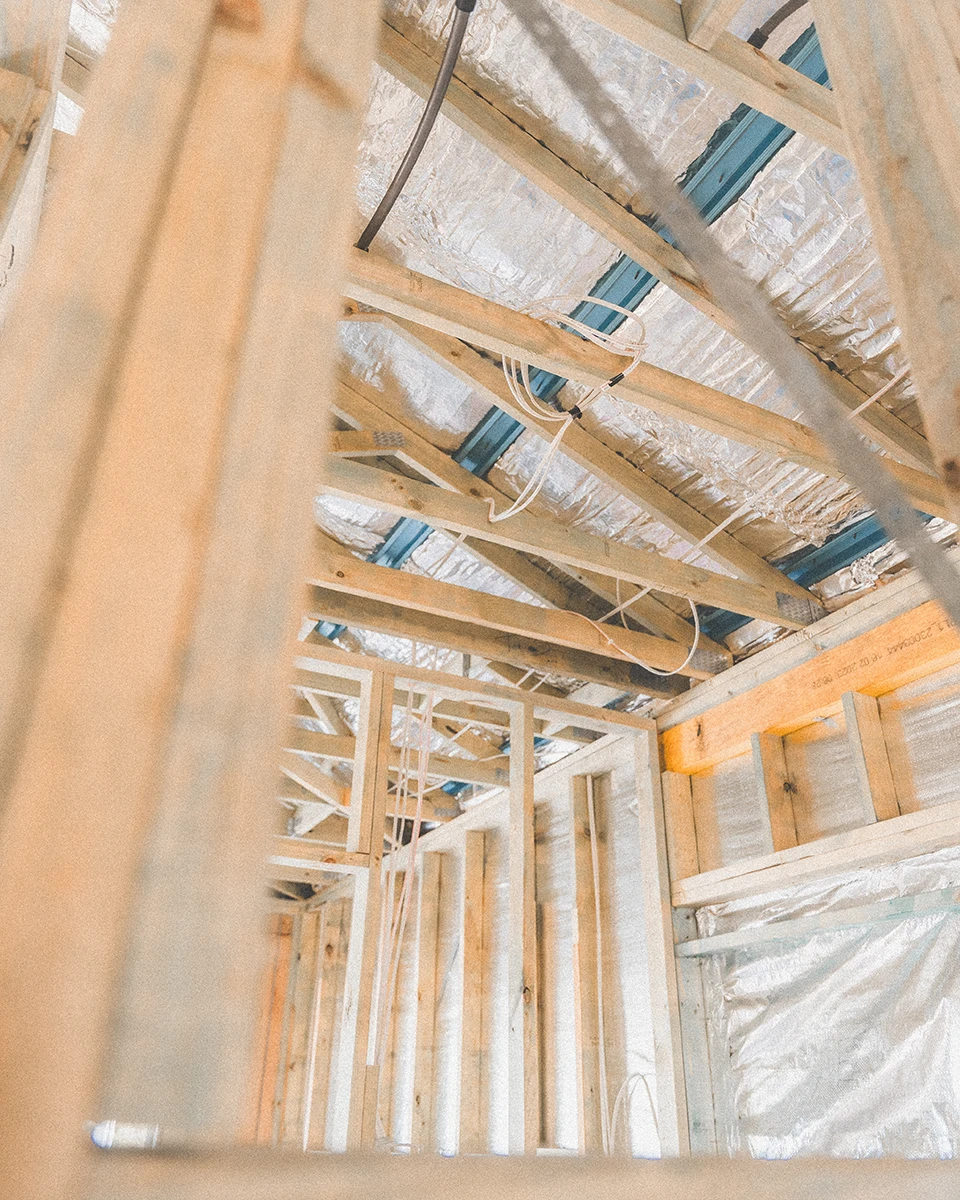
With decades of electrical and industry experience, our fully-qualified & licensed electricians are here to help.
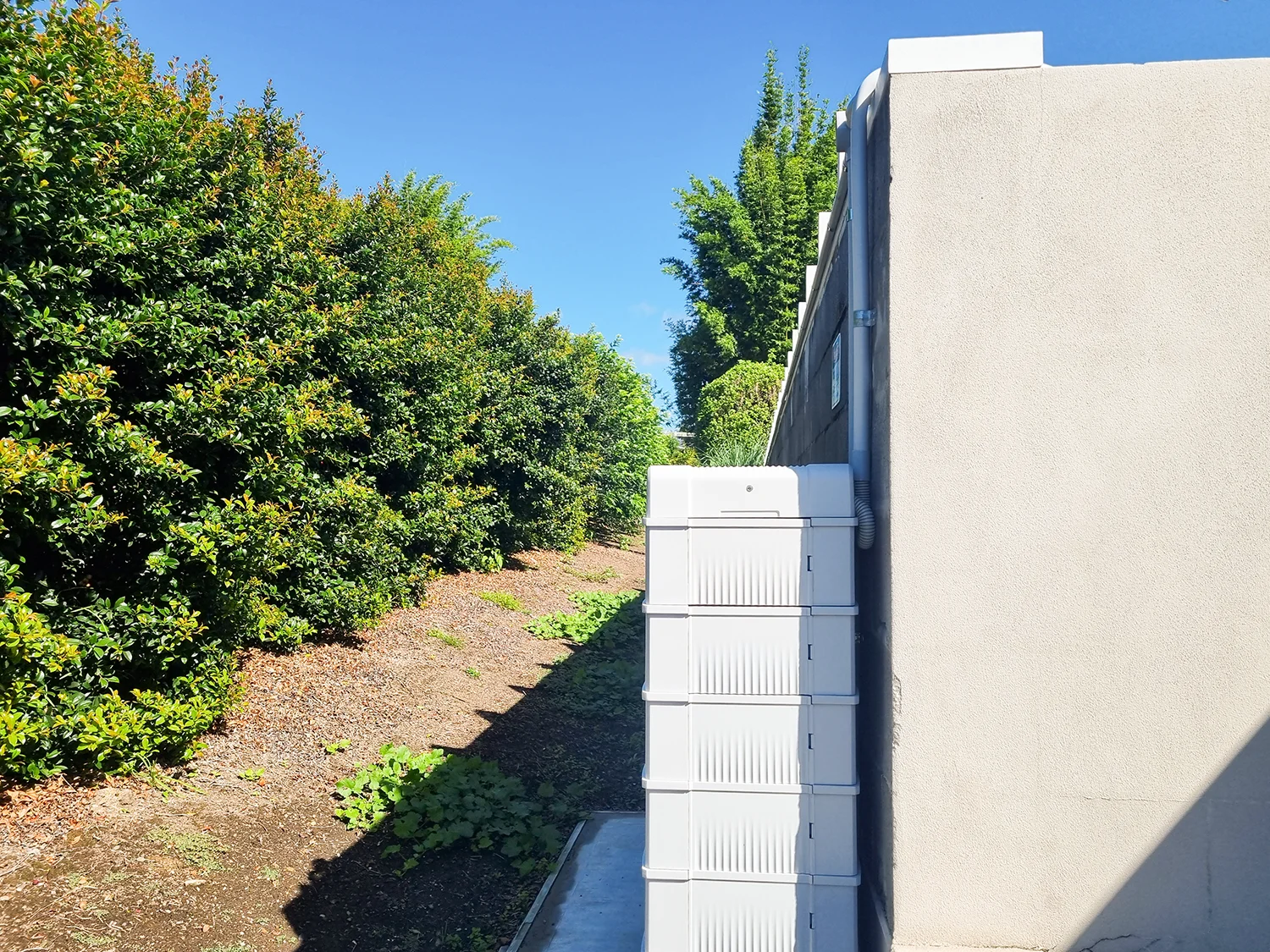
Maximise your solar generation with battery storage from reputable brands to accelerate return-on-investment.
Leave a Comment